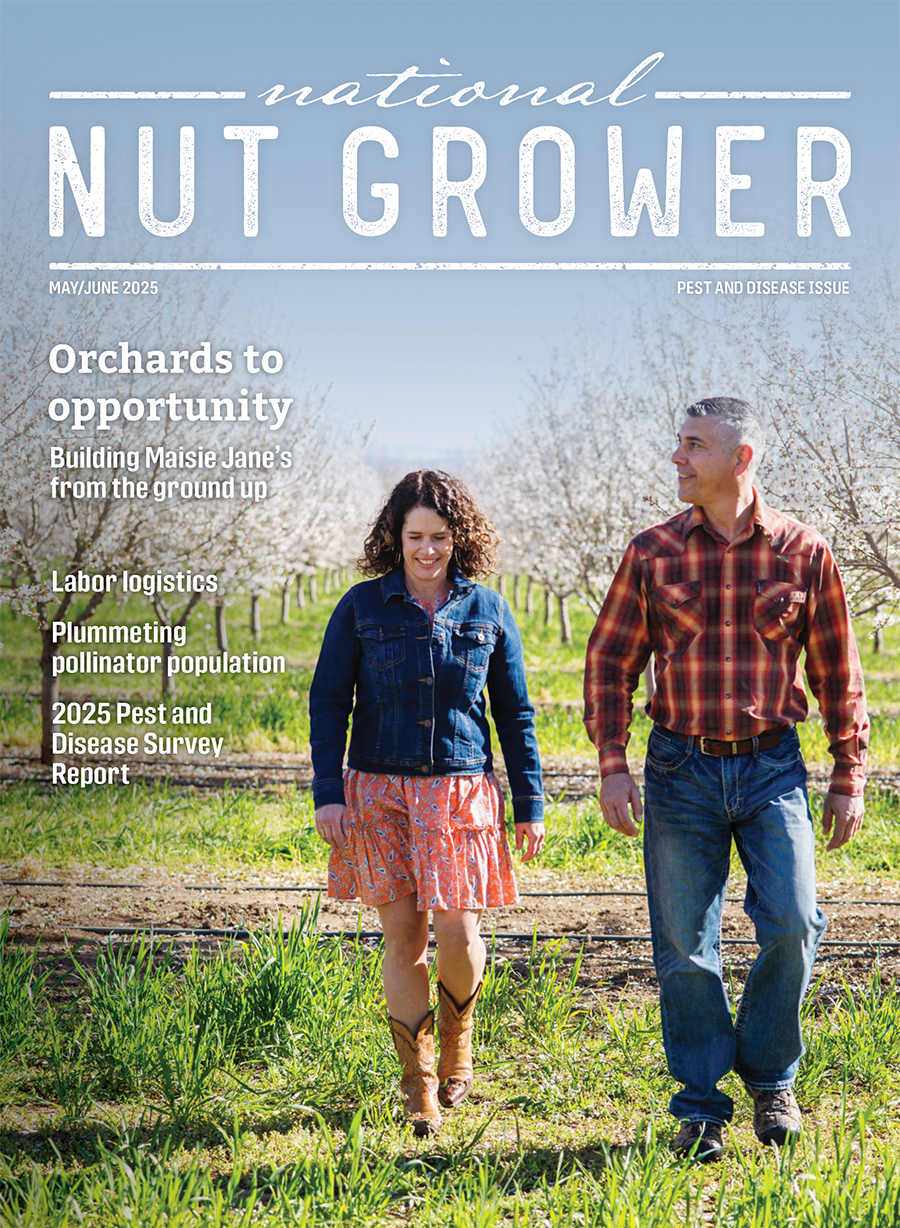
Apr 2, 2025New UC Davis research unlocks pistachio genetic map
Researchers from the University of California, Davis have mapped the most comprehensive genome sequence of the pistachio, offering insights that could transform the way pistachios are grown, bred and harvested. The paper, published in New Phytologist, provides data on kernel development and tree resilience that can enhance productivity and sustainability.
A genetic breakthrough
Scientists sequenced the genome of the Kerman cultivar, the most common pistachio variety grown in California. By decoding the genetic blueprint, researchers identified key genes responsible for traits such as drought resistance, disease resilience and kernel quality.
While researchers have previously sequenced the DNA of pistachios, this new genetic map is much more detailed and accurate.
“The improvement in accuracy of the new reference genome is like going from a hand-drawn map of a landscape to a satellite image from Google Earth,” said J. Grey Monroe, co-corresponding study author and assistant professor with the Department of Plant Sciences, in a release.
Improving yields amid climate change
One of the most immediate applications of this research is the potential to breed pistachio trees that produce higher yields with fewer inputs. By selecting for genes associated with faster growth, larger kernels and increased resistance to common pests and diseases, growers may soon have access to improved cultivars tailored to specific growing conditions.
The study also highlights four key stages of nut growth from flower to harvest.
“Knowing how the nut changes through development will help farmers make better decisions, like when to water their trees, leading to more sustainable pistachio production,” said co-corresponding author Bárbara Blanco-Ulate, an associate professor with the Department of Plant Sciences, in the release.
Nutritional factors
The researchers also discovered the role that genes and their pathways play in the nutritional value of pistachios. This includes details on how protein and unsaturated fatty acids accumulate, which are key factors for both the shelf life and dietary benefits of pistachios.
“We’re getting information about how all these nutritional characteristics are gained in pistachios and how we can improve that from a management perspective,” said Blanco-Ulate in the release.
Sustainability and future prospects
As climate change accelerates, pistachio growers face new challenges. The genetic research opens doors to bioengineering solutions that could further enhance pistachio trees’ ability to thrive in extreme heat and drought while reducing reliance on water-intensive irrigation methods.
This new understanding of the pistachio genome represents a significant step forward for both researchers and growers alike, bringing the industry closer to more sustainable and productive agricultural practices.
The research was funded by the California Pistachio Research Board, the USDA’s National Institute of Food and Agriculture, and the Foundation for Food and Agricultural Research.









